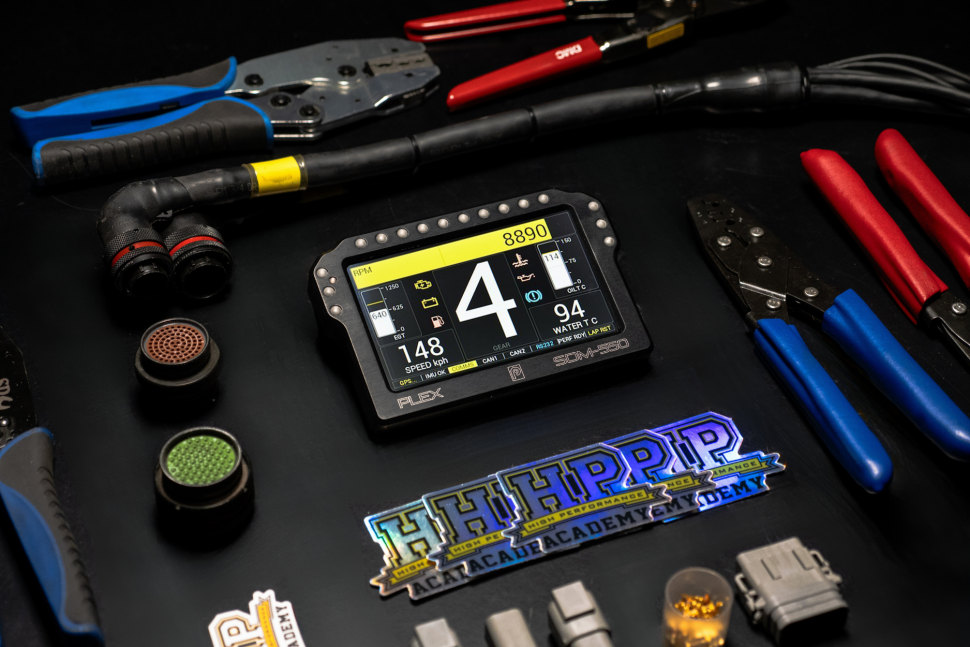| 00:00 |
- Before we begin the physical construction of our wiring harness, we need to form a solid plan of how that construction will progress.
|
| 00:08 |
The aim of this plan is to ensure that we don't lose access to a part of the harness on which we still need to work.
|
| 00:14 |
When building a concentrically twisted harness that is to be fully sealed, it can be possible to wire yourself into a corner where you need to install a certain size of shrinkable boot or sheathing into a location that is now blocked by the size of the other parts of the harness.
|
| 00:31 |
Getting out of this situation can involve lots of wasted hours of work and possibly materials.
|
| 00:37 |
So it is best that we avoid it.
|
| 00:39 |
We do this by creating a plan of our harness construction from start to finish.
|
| 00:44 |
Accounting for every wire, the sheathing and the moulded boost shapes.
|
| 00:49 |
The best way to approach this is to start from the harness section that is the most densely packed with wires and work outwards from here to either end of the harness, completing the twisting and sheathing of each section before we move onto the next.
|
| 01:03 |
The part of the process that requires the most careful attention is when we slide our moulded boot shapes into place.
|
| 01:11 |
This is best done when all the harness sections entering and exiting a transition point have been twisted and sheathed but before any transition points further along the harness have had their boots installed.
|
| 01:24 |
We'll look at a quick example now to clarify the process and explain why it is approached this way.
|
| 01:31 |
Linked below is a sketch of a harness design containing 5 transition points which have been labelled as A through D.
|
| 01:39 |
When we refer to the harness sections between these points, it's common to refer to them by the name of the transition points that they span in alphabetical order.
|
| 01:48 |
AB for example would refer to the main trunk of the harness with BC, BD and BE being the remaining wire harness sections.
|
| 01:58 |
When we're designing our construction plan, the final harness sections that end in a connection to an electronic component are less important as they can usually be completed last in any order and not result in loss of access to any other parts of the harness.
|
| 02:13 |
In this example, transition point B would be the most likely to cause us an issue as if work was completed on the harness section AB then BD and then the final harness section branching off from transition point D, it is possible that the final booting on transition point D would be large enough to no longer allow us to slide the boot for transition point B into place.
|
| 02:38 |
Once the construction process has begun it can be remarkably easy to get swept up and progress along a particular section of harness further than you intended and for this reason, we need to make our construction plan and then stick to it.
|
| 02:52 |
For this example, our construction would begin with twisting and sheathing harness section AB followed by BC, BD and BE.
|
| 03:03 |
Once that was complete, the boot for transition point B would be slid into place and we would then continue on with the rest of our harness construction.
|
| 03:11 |
We would not recover that moulded boot shape at this point though, only slide it into place.
|
| 03:18 |
Recovering the transition point boots will be one of our last steps as we undertake the testing portion of the harness construction process before this in case any modifications need to be made beneath that transition point boot.
|





